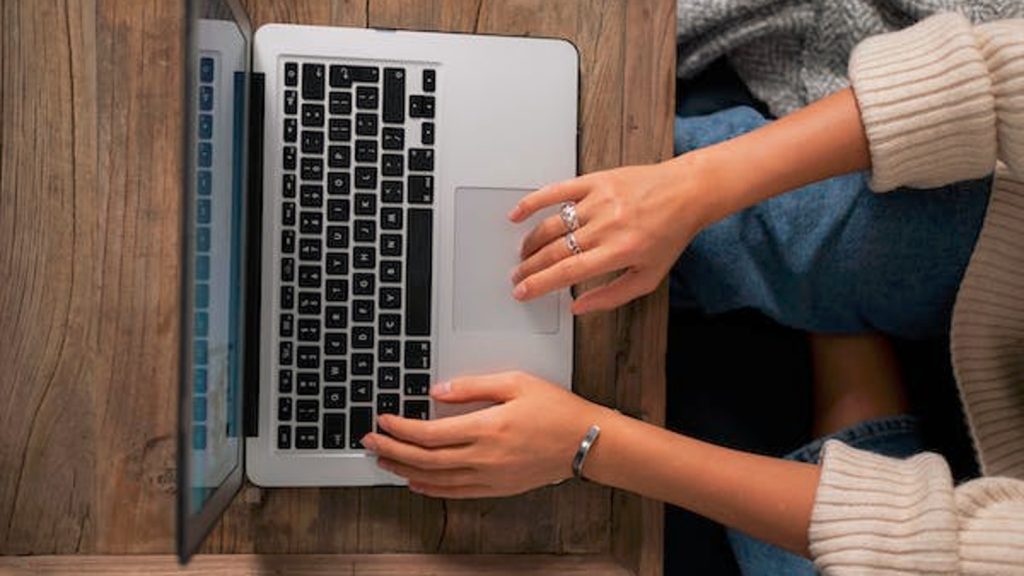Veteran home worker Stephen Holmes has watched the shift to ‘hybrid’ working with intrigue, as he tries to imagine how the need for both digital design and physical prototypes can work in more fluid systems
Getting things delivered to the house during daylight hours often leads to queries around ‘are you working from home?’ – the alternative being that I look somewhat freshfaced for a retiree taking receipt of his doorstep groceries at this time of day.
It was during such an interaction this week that the delivery driver squeezed in the extra question of “is that a Covid thing?”, to which I proudly replied that I’m actually a decade-long veteran of the home working fraternity. The Pyjama Brigade. Team Daytime Telly. The Anti-Pret.
Yet the Covid thing means that our ranks have been bolstered. Spare bedrooms have been transformed, garages converted and flags resolutely planted on coffee shop tables nearest the sole working power outlet.
Designers I’ve spoken with moved their work set-ups home during Covid – hardware, software and even workshop equipment
The UK’s lockdown showcased this: We know from your subscriptions to DEVELOP3D that many of you moved your deliveries to residential properties, and while some have shifted back, many of you are likely reading this a very short commute from where you woke up this morning.
I doubt there were many trying to load a Bridgeport into the back of a taxi, but hundreds of you picked up the office 3D printers and wheeled laser cutters home.
We know that while this enabled projects to continue, and businesses to keep the lights on, it had another effect. Many of you used the time while furloughed to develop personal projects, some benefitting the companies you work for, others fulfilling a lifelong dream of setting up a product-based business or design studio of your own.
During this period the registration of new companies went through the roof.
It has changed the way we work, even if you’re sat back in a familiar office cubicle full time. The greater emphasis on less rigid working set-ups elsewhere means you’re more likely to jump on a Teams call than head out to a meeting. The software we use is accelerating us in the direction of the cloud, and collaboration is the buzzword among companies.
Designers I’ve spoken with moved their work set-ups home – hardware, software and even workshop equipment.
Whether you’re working with someone four seats or four time zones away, there are means now to meaningfully collaborate – some are better than others, and I’m sure you’re all finding out which work best for your teams and stakeholders.
The C word is big business. Adobe has just dropped $20 billion on Figma, a product that, at first glance, might look a little like a toolset it already owns. Yet at its own admission, Figma was ‘purposebuilt for collaboration’.
Slack, Microsoft Teams, Google Chat – all of these have been picked-up by design teams dispersed by Covid but are now deeply ingrained even though we’re able to be back together.

But where does this leave us? I’m not writing this at the behest of a new sponsorship from Greggs aimed at getting us all back into the office [my offer is still on the table], but creative people have some of their best ideas in conversation. I’ve seen first-hand problems being solved and new solutions imagined in person.
Yet, in a world where the cost of workshop kit has fallen, leading to more in-house technologies like 3D printing, and the importance of physical prototyping grown, as part of an iterative design workflow, how is this new hybrid reality going to look?
Many of you would rather endure another lockdown Zoom quiz with your drunken aunt and xenophobe uncle than approach the current crop of mixed reality solutions, which while amazing for top tier automotive companies to get around for design reviews, are still a luxury for the majority.
Desktop 3D printers have come a long way in recent history, with something available for every need, but the option of sharing a file to be 3D printed on the other side of the world still relies on a lot of manual setup to gain perfect results. An umbrella issue over all of this is that security around sharing files between stakeholders is still mired in permissions issues and distrust.
New softwares are in the pipeline to help bridge this – a few of which you can get an early glimpse of at DEVELOP3D LIVE on 1 November – but until then it might be a case of more knocks at the door and parcels being delivered, as model shops and 3D printing bureaux combine with couriers to deliver more physical prototypes the old fashioned way. At least you’ll get a chat with the delivery drivers.






